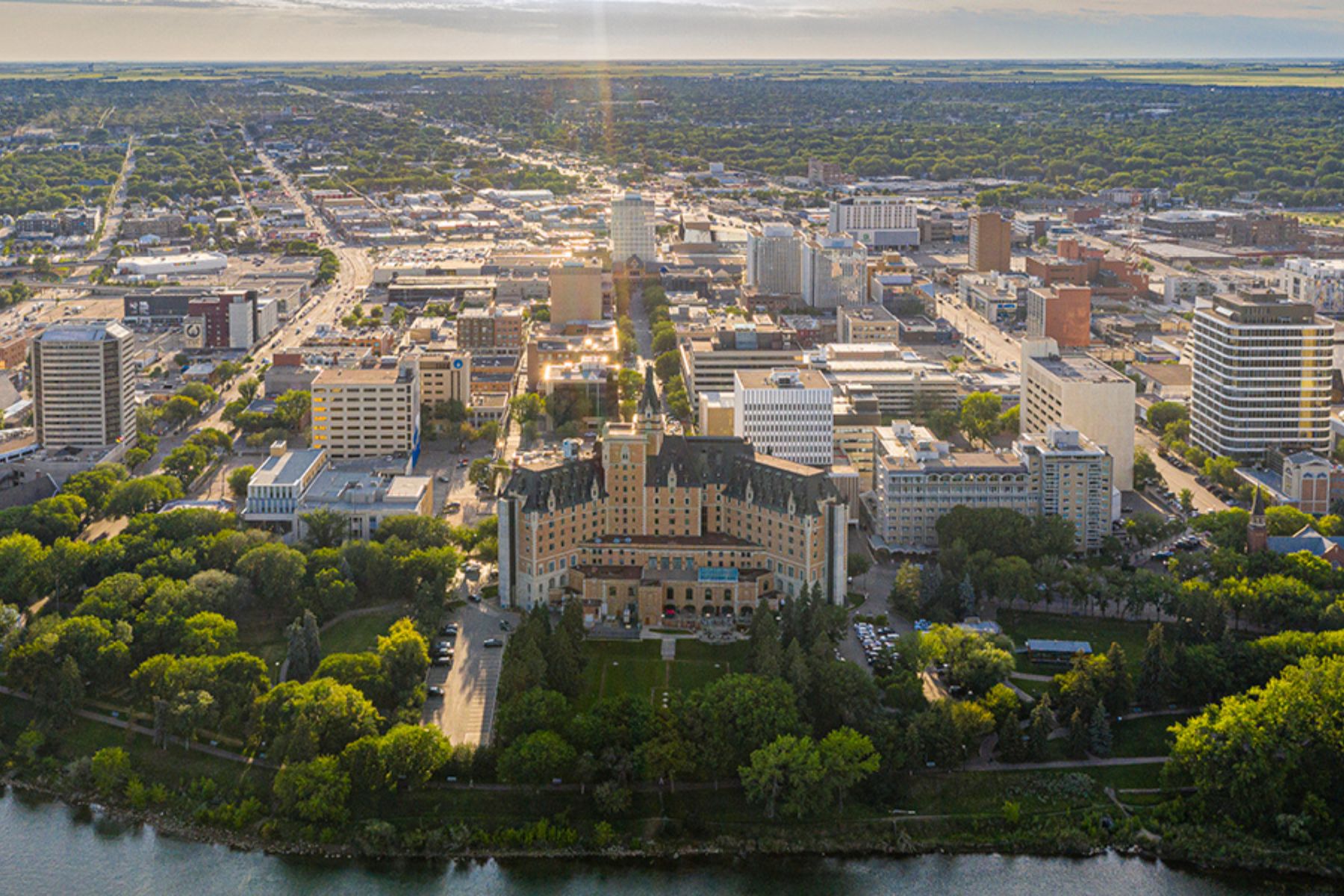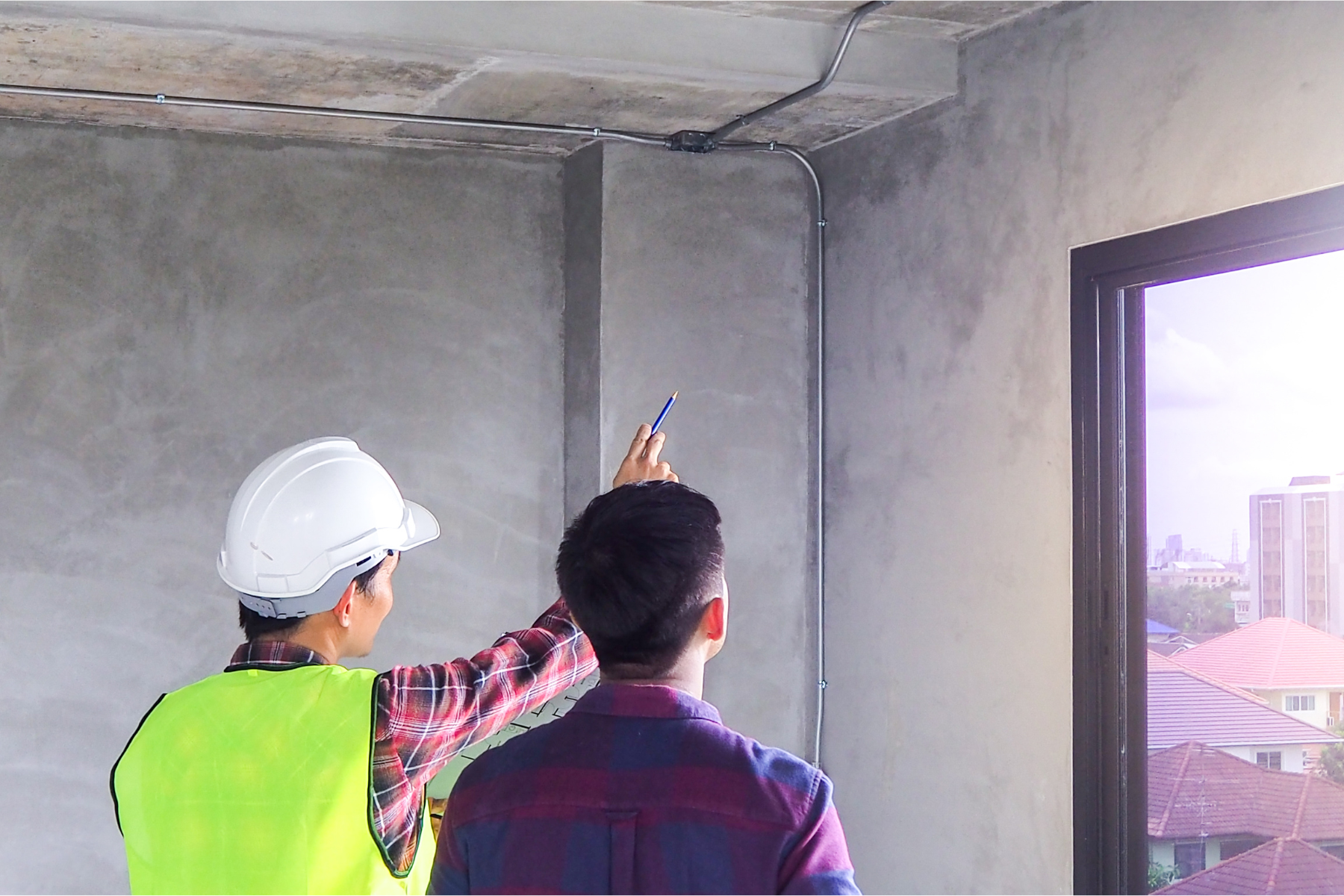Policymakers need to ensure Canada’s new industrial policy help communities, instead of giving them additional challenges. Place-based thinking can help.
Industrial policy is back in vogue in Canada. Pushes to compete with economic rivals and partners, as well as identify new opportunities for clean growth, have driven conversations about which investments can advance our national economic and environmental objectives. The 2023 federal budget is expected to contain a host of measures to help Canada compete with incentives in the American Inflation Reduction Act, hopefully supporting some of the clean growth opportunities where Canada can compete internationally.
However, even if the budget nails the dismount, sticking the landing is another story. More focus is needed to ensure these government-backed projects succeed in helping the regions where they are built. When it comes to implementing and building projects, industrial policy runs the risk of creating regional problems by trying to solve national challenges.This could lead to time delays, budget inflation, and political backlash (as described in more detail below). To ensure this does not happen, the second section of this blog recommends two place-based rules for policymakers to follow when making decisions about where to make major investments that can both reduce these risks and ensure projects better align with the needs of communities.
What are the risks for industrial policy not using a place-based approach?
The biggest risk for industrial policymakers that comes from thinking about regions as national investment opportunities, rather than actual places, is that they miss trends, factors, or challenges that are critical to the success of their investments. Take the fast-growing plant proteins sector in the Prairies, one of Canada’s best clean growth success stories. In our research, regional economic development groups have identified that a lack of wastewater treatment facilities and municipal water connections are a barrier companies cite when looking to invest in certain communities. This lack of access to water resources can hold back investment or drive companies to look elsewhere, since companies need access to high quality infrastructure when building new production facilities.
Other regional barriers to growth can prove similarly disruptive in advancing national policy goals. For instance, unaffordable housing and regional labour shortages can slow down or derail investment in manufacturing regions like Southern Ontario. The effects of a changing climate – from reductions in fibre supply to the increased incidence of pests and disease – will heavily influence the outlook for the forestry sector in British Columbia and Alberta. These are only three examples, but make clear the need to think about local context when making major investment decisions. Plenty of challenges around the state of local infrastructure, gridlocked local and regional politics, a lack of capacity for local institutions (like governments, universities, and colleges) to support growth, or a lack of public interest in advancing a specific type of project can prove utterly disruptive for even the most technically-sound and economically optimal projects. These can even create new challenges and political backlash within regions where investment is occurring, if major projects worsen existing skills shortages or further drive up housing costs.
How can place-based thinking tackle these challenges?
The first step in ensuring industrial policy can overcome challenges and support regions is to acknowledge that every region is different and ensure that projects are designed in accordance with the strengths, characteristics, and needs of the region where they are meant to be located. Place-based thinking can help with this challenge – if policymakers follow two simple (but not easy) rules before selecting projects and during the design process:
1) Ensure projects contribute to solving the problems community members identify as wanting to see solved in their regions - Governments rarely spend enough time engaging with community members to understand the problems they are experiencing. In most cases, engagement is done only after a given solution is identified (such as during consultations or in response to specific announcements). For this reason, issues that are pressing to communities can be missed or overlooked, creating a sense that governments do not care about the challenges faced by their constituents. To ensure major clean growth projects do not create similar challenges, policymakers need to take the time to engage with a region before they have determined which projects should be built there. This involves speaking with community leaders, understanding the realities being faced within a community, and identifying how projects can be designed to both solve these challenges and align with local realities. Initiatives like the Regional Energy and Resource Tables need to emphasize this step, as projects advanced in provinces across the country will need to reckon with a host of different local realities. This may lead to entirely different projects being selected than expected or major design changes being implemented to better address the needs of community members.
2) Ask community members which factors matter most when solving those problems - Another challenge with the current engagement and consultation process is that most community members do not possess the expertise necessary to offer meaningful feedback on how a given policy will impact them or how the policy should be changed to reflect their needs. To leverage the expertise community members do have -- their challenges and lived experiences – industrial policymakers should instead ask them to identify the factors that they want to see emphasized in decision-making, then identify and design projects that score well on these metrics. Examples of this method have been used in the past, often with unexpected results. The UK’s Climate Action Committee hosted a Citizen’s Assembly in 2016 that identified creating jobs, conserving nature, emphasizing co-benefits like improved health outcomes, and giving more authority to local councils should be major priorities when making policy decisions to advance climate change. Designing projects to help advance those objectives would allow policymakers to think more about advancing projects that solve the problems residents want addressed, in ways that prioritize the values and criteria that matter most to them.
Industrial policy’s success depends on becoming more democratic
If these steps are followed, governments can strengthen decisions made in the name of industrial policy through the exercise of Canadian democracy, and create a better future, as defined by Canadians themselves. We at the PLACE Centre hope that when implementing measures outlined to improve Canadian competitiveness, policymakers will ensure a place-based lens is used in identifying, designing, and implementing projects to ensure industrial policy ambitions stick the landing.






